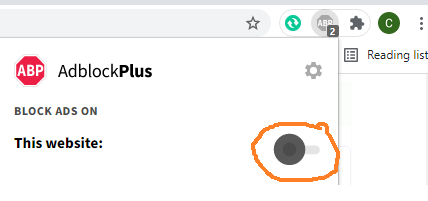Đang chuẩn bị nút TẢI XUỐNG, xin hãy chờ
Tải xuống
A good deal of work in establishing closer linkage between research and extension has been done in the last few years. Communication of technology is conceived as occurring through a network of relatively complex nature. A local leader who has adopted improved practices extends the same to others. The common man has much faith in the local leaders. Opinion leadership is the degree to which an individual is able to influence other individuals’ attitudes or overt behaviour informally in a desired way with relative frequency. Conceptually, panchayats are elected rural local bodies responsible for local government functions. A study was conducted in the purposively selected Rajnandgaon district of Chhattisgarh on 263 purposively selected panchayat leaders. A structured interview schedule was used as a tool for data collection and primary data was collected by personally interviewing the selected respondents. The attitude was measured by Likert type scale suggested by Ray and Mondal (1999). To know the direct and indirect effects of various independent variables on the dependent variable (Attitude), the method of path coefficient analysis (Wrights, 1921) was employed. It was observed that most of the gram panchayat leaders (40.00%) had moderately favourable attitude towards panchayati raj institutions while as regards attitude of Janpad and Jila panchayat leaders it was found that majority of them (58.73%) had moderately favourable attitude towards panchayati raj institutions. | Path analysis of characteristics of Panchayat leaders and its impact on their attitude


